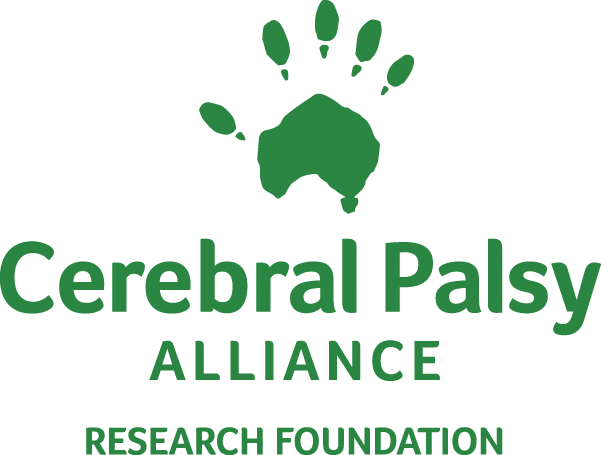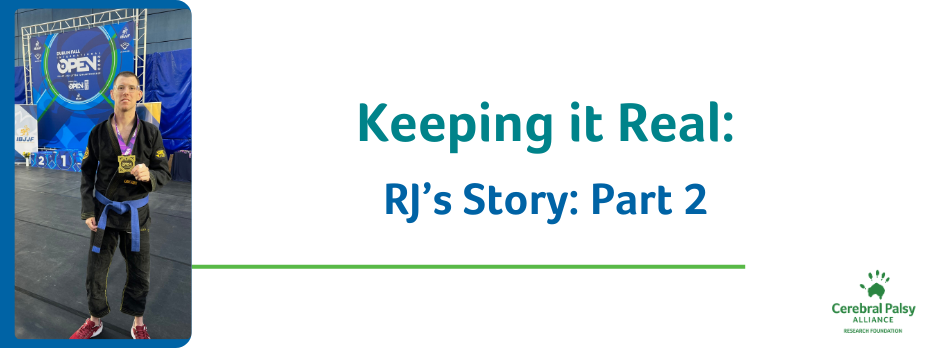Thu 09 May 2024
By RJ Nealon I often think back to that quick submission loss and tell myself that it was probably the best thing that happened to me and my journey. It forced me to take a deep hard look at myself and converse with my inner self. What do I want? What impact do I want […]
Fri 03 May 2024
Discover how RJ used Brazilian Jiu-Jitsu to find and harness his personal strengths, and how it became an important part of his relationship with his cerebral palsy.
Cerebral palsy is complex and common.
Cerebral palsy is a physical disability caused by a brain injury during pregnancy, birth, or shortly after birth. It affects movement, coordination, muscle tone and control, reflexes, posture, and balance, and it’s the most common lifelong physical disability in the world.
While the initial brain injury doesn’t change, cerebral palsy’s effect — from years or decades of wear and tear — often does change as people age. This can include decreased balance, stamina, walking ability, and other effects, and it varies from person to person.
How common is cerebral palsy?
- 1 in 323 children are diagnosed with cerebral palsy in the US.
- Every hour a baby is born with cerebral palsy in the US. 40% are born prematurely and 60% are born at term.
- Approximately 18 million people of all ages have cerebral palsy worldwide.
- Around 1 million people have cerebral palsy in the US.
How does cerebral palsy affect people?
- 75% experience chronic pain.
- 33% can’t walk.
- 33% have hip displacement
- 25% can’t verbally communicate.
- 20% are tube-fed.
People with cerebral palsy often have co-occurring conditions.
- 50% have an intellectual impairment.
- 25% have epilepsy.
- 25% have a behavior disorder.
- 20% have a sleep disorder.
- 10% have impaired vision.
- 7% have autism.
- 5% have impaired hearing.



